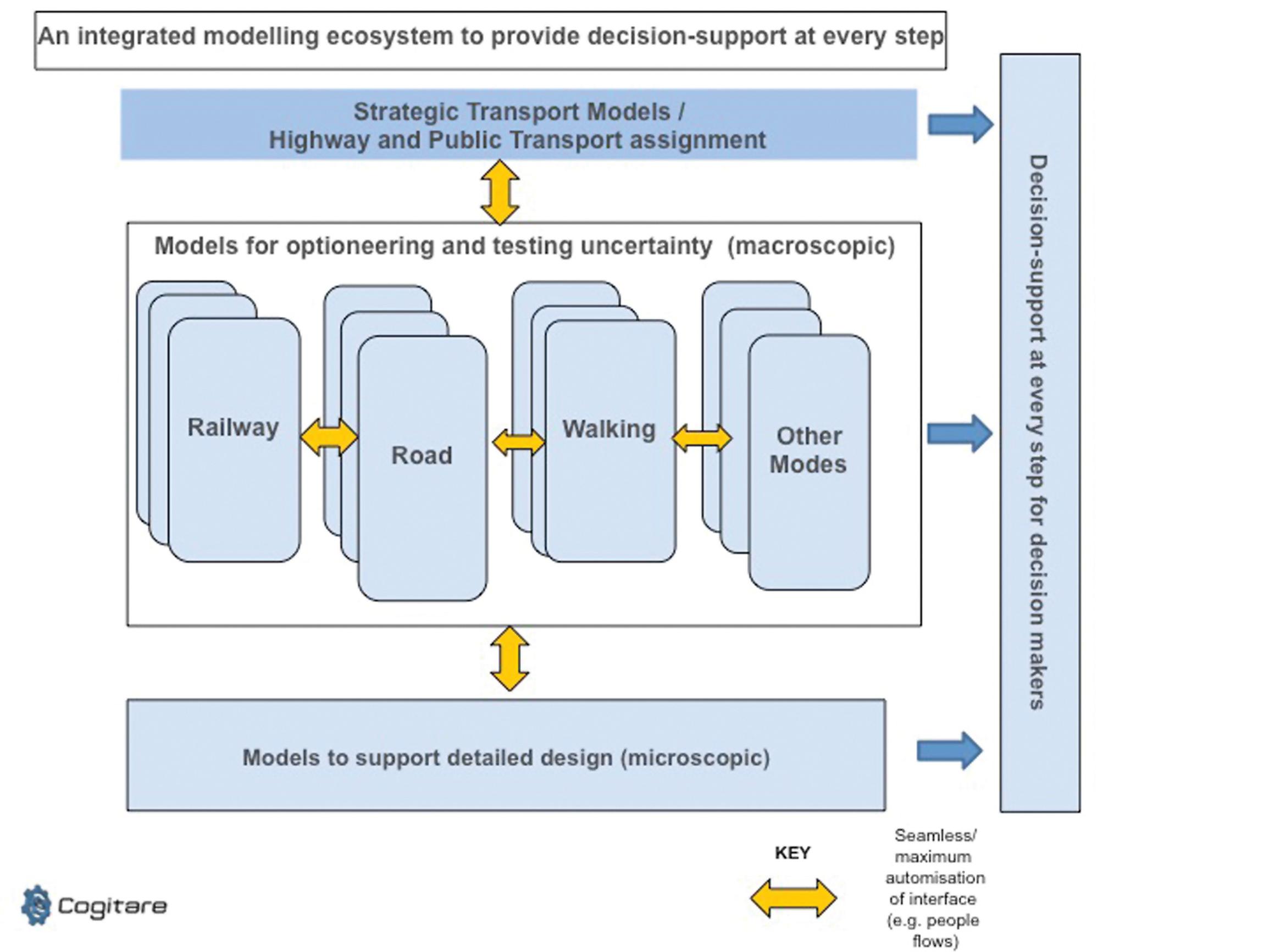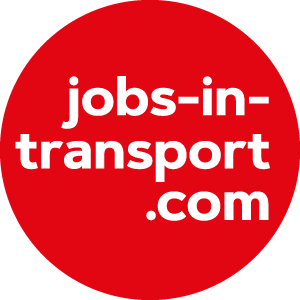

We can’t predict future demand, but the transport solutions we help shape will influence that demand. The longer the horizon, the less we know. Yet our infrastructure can have a lifespan of 30-plus years. Where will we want to go to in 2040, and when? What will be the impact of disruptive new technologys such that the connected autonomous car (CAV)? How will socio-economic changes change travel patterns? To what extent will we work more from home? What will happen to car ownership? How and when we travel will epend on the options we have available, their relioability, appeal and, of course, cost.
How can we future proof our infrastructure against this uncertainty? To solve this problem, we need to understand what the range in travel demand might be, and how the transport options available in the future might support and impact on that demand. This will require the industry to come together: economists, transport modellers, planners and engineers need to be working together rather than in discrete silos.
The movements of people and goods need to be at the heart of our tools and models, which need to operate seamlessly together. Transport demand models need to feed into more detailed transport modal models which capture capacity, and which can be used to test engineering and operational ideas and collaborative options. For a railway, for example, this would include timetables and signalling amongst many other things. These models need to feed capacity and travel times back into the transport demand models in a re-iterative manner.
Many of the rail models used to test engineering ideas and operational options lack one important ingredient – people. And they take a long time to set up, meaning that very few options can be tested.
To model our uncertain future we need to explore many transport options and test these against different demand scenarios; building a picture of which infrastructure solutions are resilient to future demand changes, and able to cope with different operational scenarios, for example timetables. The question for rail, for example, should not be: what infrastructure do I need to build to support this timetable? The question needs to be: what infrastructure can I build which is affordable and will support a variety of different timetables if demand changes, or which I can relatively easily adapt to meet future timetables and demand changes?
This leads to a challenging modelling conundrum. To test many options and demand scenarios, we need models which are quick and easy to set up and run, yet which provide meaningful 'fit for purpose' answers. We need models that we can operate at a high level and add more detail to as we home in on preferred solutions, and which interface easily with more detailed microscopic models to support detailed design later on. Since we are modelling for an uncertain future, our final modelled outputs need to be probability distributions, not single values.
Ultimately, our various models are there to provide effective decision support for what to do on the ground.
To do this we need to create a modelling ecosystem, and join our models up to help our decision makers each step of the way; from deciding whether to build a new road or railway to improving existing infrastructure and services to squeeze out as much benefit as possible. The more we focus on joining forces in the modelling and data collection professions, to support and add the most value to those making decisions based on our outputs, the more modelling and data collection will be done and the better our transport system will be.
Once we have an understanding of the likely range of demand, and an idea of what good transport solutions might look like, we need to engage with industry openly to help improve on initial ideas. We need to provide simplified, easy to use 'system value' models so that suppliers can optimise train movements and signalling. On a metro, for example, a few seconds shaved off dwell-time with doors that open and close faster can have a very high value. But how does the train manufacturer know how to evaluate the various train design trade-offs to deliver the train that truly delivers the best outcome for passengers, given the constraints?
The movements of people and goods need to be at the heart of our tools and models, which need to operate seamlessly together
The challenge is to help the industry, and the different players within it, to understand whole system value so that we can work together to deliver future-proofed transport solutions for future users within reasonable budgets.
This is a long wish list – some might say impossible – but with improved data and computing technology I belive it is now becoming within our reach. At Cogitare, with our experience of integrating transport planning, economics and engineering to help Transport for London optimise investment in the Underground and integrating live data feeds, we have been working to solve these modelling challenges on the rail side.
We are developing MoveXperience, a rail modal model which can model the flow of people through the rail network, the train services and the interaction between signalling and track infrastructure, and which can be expanded to model people movement in stations at a macroscopic level. A model which is quick to set up and where we can test many options and output results as probability distributions. A model which can help the industry work together to deliver the best transport solutions for passengers and help suppliers, for example signalling and train manufacturers, understand the impact they have on system value and optimise their contribution to transport solutions.
We are looking for partners to integrate the model with other models, so as to help create a modelling ecosystem to improve transport now and in the future. This includes integration with strategic transport demand models and real-time demand feeds, highway assignment models and microscopic, detailed simulators used to support detailed design, including pedestrian simulators. Anyone intersted in this collaborative approach should contact me on [email protected]

TransportXtra is part of Landor LINKS
© 2025 TransportXtra | Landor LINKS Ltd | All Rights Reserved
Subscriptions, Magazines & Online Access Enquires
[Frequently Asked Questions]
Email: subs.ltt@landor.co.uk | Tel: +44 (0) 20 7091 7959
Shop & Accounts Enquires
Email: accounts@landor.co.uk | Tel: +44 (0) 20 7091 7855
Advertising Sales & Recruitment Enquires
Email: daniel@landor.co.uk | Tel: +44 (0) 20 7091 7861
Events & Conference Enquires
Email: conferences@landor.co.uk | Tel: +44 (0) 20 7091 7865
Press Releases & Editorial Enquires
Email: info@transportxtra.com | Tel: +44 (0) 20 7091 7875
Privacy Policy | Terms and Conditions | Advertise
Web design london by Brainiac Media 2020